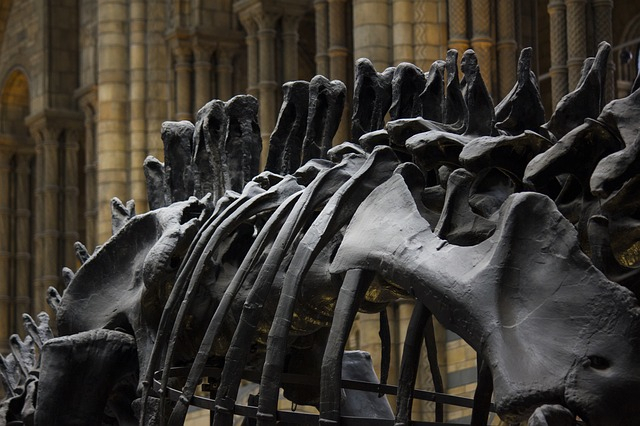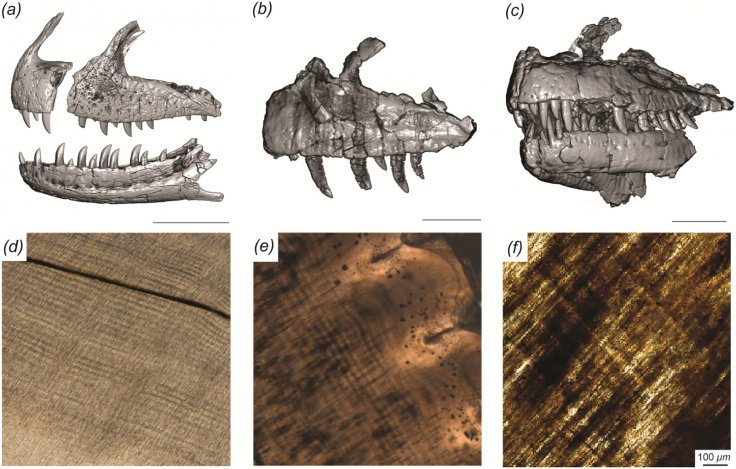Prehistoric carnivores dinosaurs who used their sharp and pointy teeth to slice flesh from the flanks of their prey and crush the bones of their victims were concerned about their dental care and replaced their teeth throughout their lives. In a recent study, palaeontologists stated that tooth replacement rate is an important contributor to feeding ecology for animals like dinosaurs.
As per the recent research now it is revealed that how often three Mesozoic meat-eaters replaced their chompers. In this case, the researchers believe the evidence that these pre-historic animals grew new teeth several times a year also can shed some light into the new things about how these animals hunted and fed.
New study on Pre-historic animal's teeth replacement
The research, published in PLOS ONE, was conducted by Adelphi University palaeontologist Michael D'Emic and colleagues. It should be noted that in 2013 D'Emic and co-authors understood that the long-necked Jurassic predators Camarasaurus and Diplodocus replaced one tooth every 62 days and 35 days, respectively.
Since there was a possibility of damaging teeth by the plant food, herbivorous dinosaurs required to replace them. The research team found teeth of Majungasaurus, which 70 to 66 million years ago and was the apex predator of its time, reaching about 20 feet in length and weighing roughly a ton.
D'Emic said that there are lots of other ancient species who are known from the same formation and area in Madagascar, but their shredded teeth are not incredibly abundant. It made the team think that there must be something unique about Majungasaurus, which lived at the end of the Cretaceous, up to the impact event that wiped out the non-avian dinosaurs 66 million years ago.
The teeth samples from the predators of the Jurassic period, Allosaurus and Ceratosaurus, who lived almost 150-million-years-ago, were added to the study set to see how meat-eaters from different times and branches of the dinosaur family tree compared to each other.
CT Scan evidence and research

When the researchers conducted a CT scan, they found layers of multiple dinosaur jaws inside the mouth. In the scan report, they also notice that the teeth are stacked like ice cream cones as they develop inside the jaw. However, microscopic details allow palaeontologists to estimate how long it took for each individual tooth to develop and replace the previous one.
University of Alberta palaeontologist Aaron LeBlanc noted that Allosaurus and Ceratosaurus had tooth replacement rates of about 100 days, while the Cretaceous Majungasaurus had a much faster replacement rate of about 56 days.
Why was Majungasaurus so different from other carnivores?
It should be noted that during that time Cretaceous Madagascar, Majungasaurus lived in a harsh environment and the shedding tooth can reveal the details about the diet.
D'Emic said "We know that it frequently scraped and cracked bones with its teeth, because there are scratches and gouges on lots of bones from the formation that have the same spacing as Majungasaurus teeth," adding that the evidence showed this "pre-historic animal more frequently crunched the calcium-rich morsels and it may cause tooth replacements as Majungasaurus teeth are small with extremely thin enamel."

Facts on Majungasaurus
- It Existed from Maastrichtian Age to 66 million years ago
- Lived in a terrestrial habitat during the Cretaceous period
- Reproduced by laying eggs
- As of now, 24 different specimens have been found by palaeontologists









